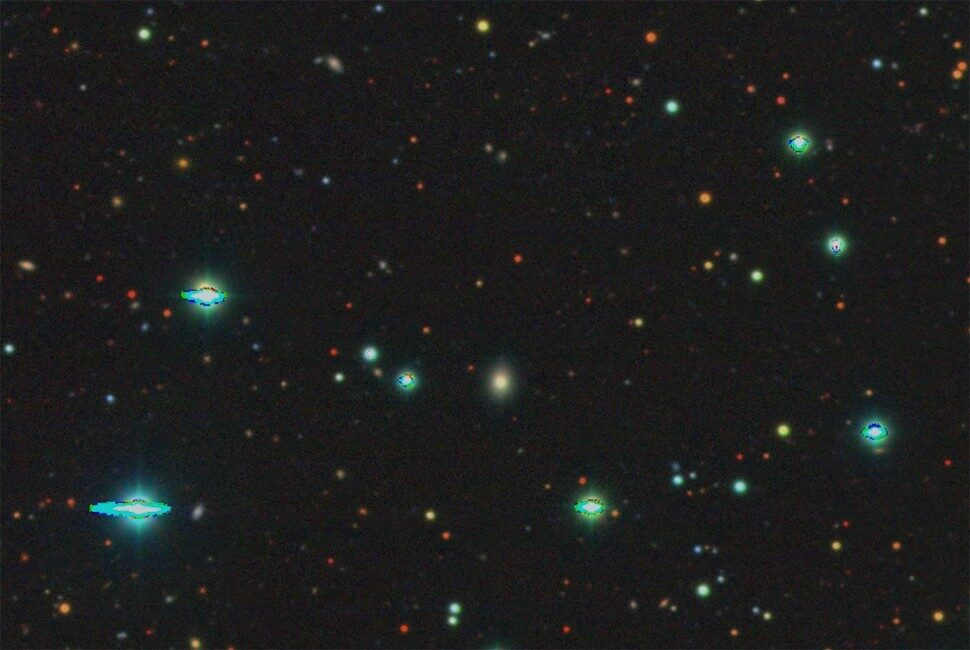
Developed by an international collaboration led by Northwestern University, the new system automates the entire search for new supernovae across the night sky — effectively removing humans from the process. Not only does this rapidly accelerate the process of analyzing and classifying new supernova candidates, it also bypasses human error.
The team alerted the astronomical community to the launch and success of the new tool, called the Bright Transient Survey Bot (BTSbot), this week. In the past six years, humans have spent an estimated total of 2,200 hours visually inspecting and classifying supernova candidates. With the new tool now officially online, researchers can redirect this precious time toward other responsibilities in order to accelerate the pace of discovery.
"For the first time ever, a series of robots and AI algorithms has observed, then identified, then communicated with another telescope to finally confirm the discovery of a supernova," said Northwestern's Adam Miller, who led the work. "This represents an important step forward as further refinement of models will allow the robots to isolate specific subtypes of stellar explosions. Ultimately, removing humans from the loop provides more time for the research team to analyze their observations and develop new hypotheses to explain the origin of the cosmic explosions that we observe."
"We achieved the world's first fully automatic detection, identification and classification of a supernova," added Northwestern's Nabeel Rehemtulla, who co-led the technology development with Miller. "This significantly streamlines large studies of supernovae, helping us better understand the life cycles of stars and the origin of elements supernovae create, like carbon, iron and gold."
Miller is an assistant professor of physics and astronomy at Northwestern's Weinberg College of Arts and Sciences and a member of the Center for Interdisciplinary Exploration and Research in Astrophysics (CIERA). Rehemtulla is an astronomy graduate student in Miller's research group.



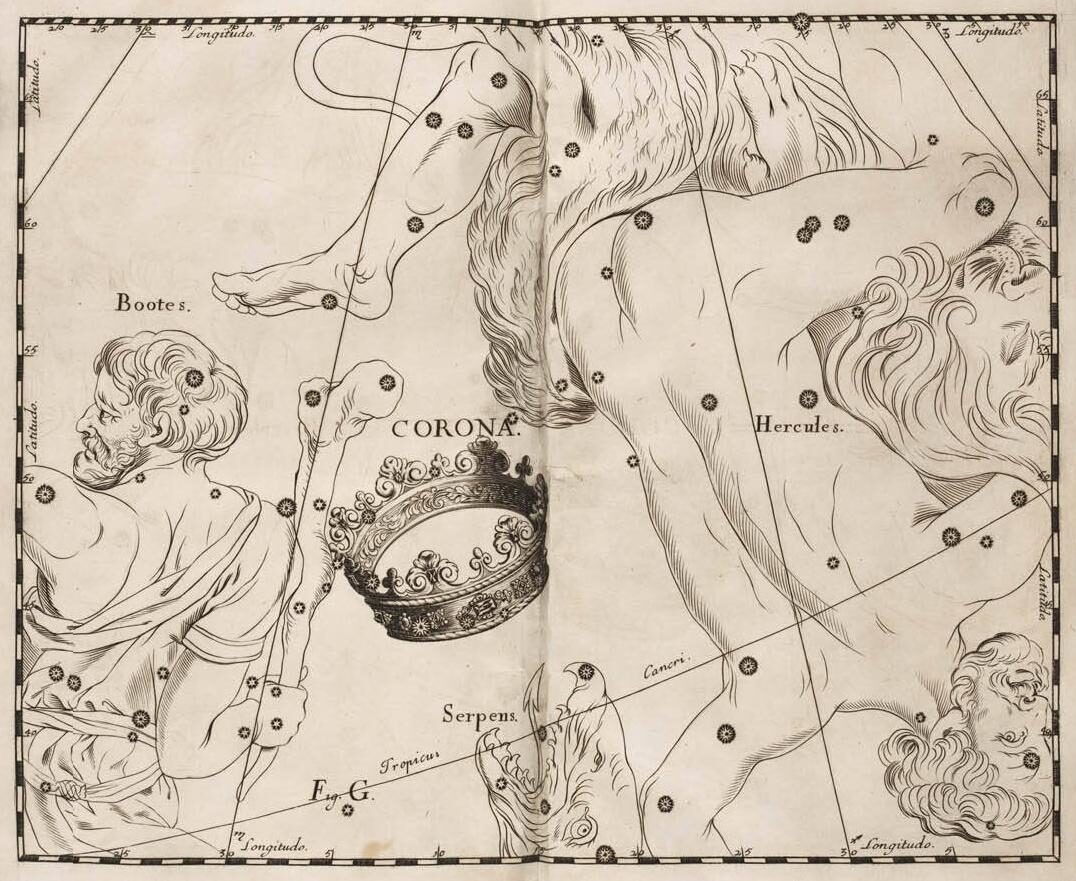
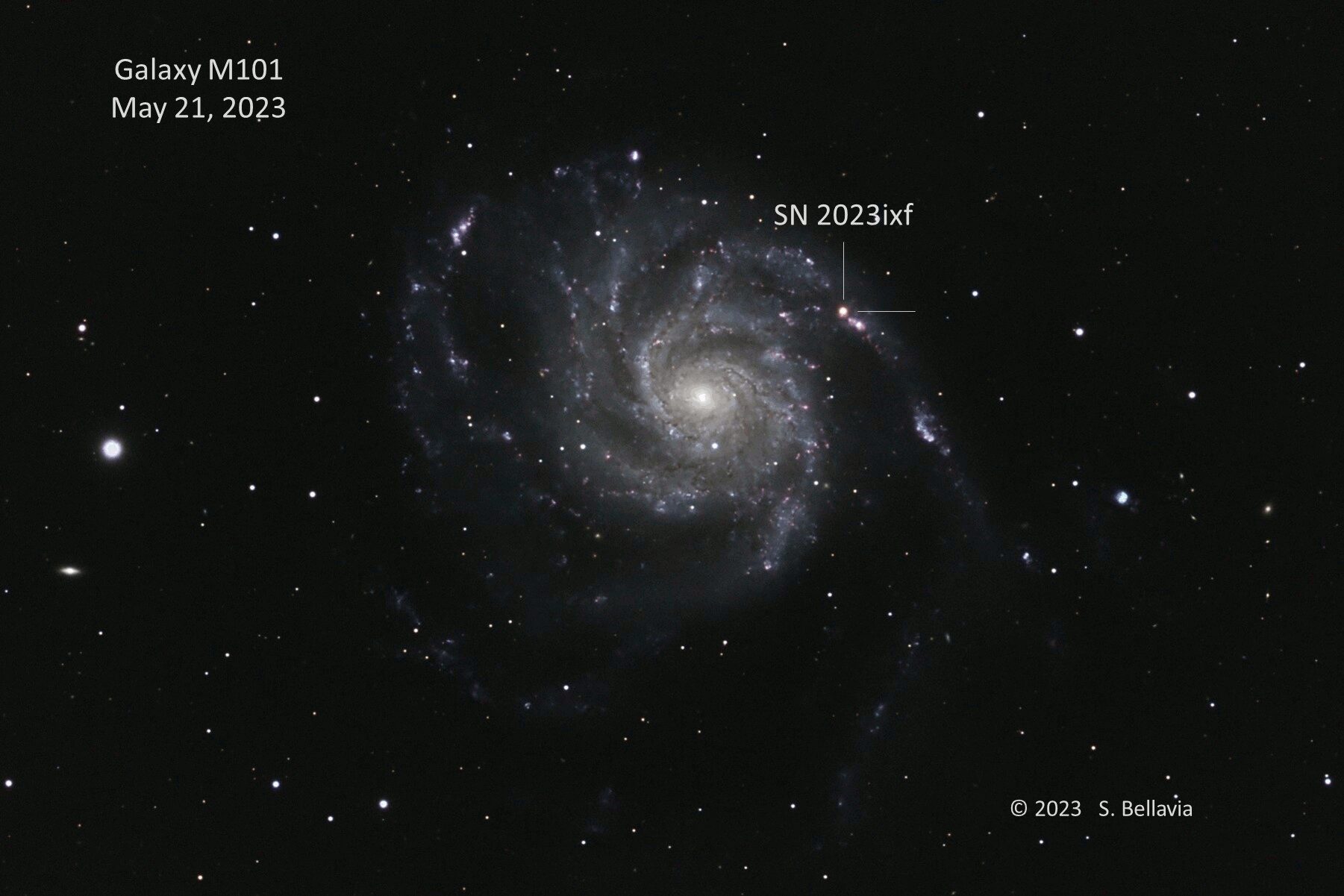
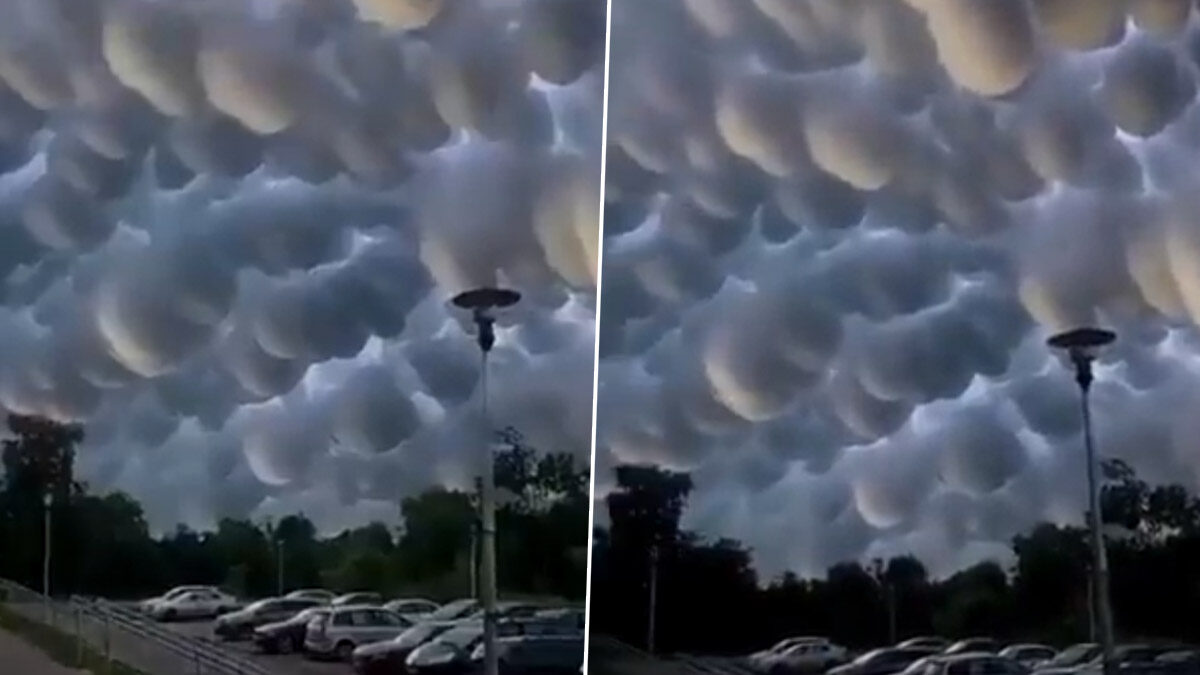
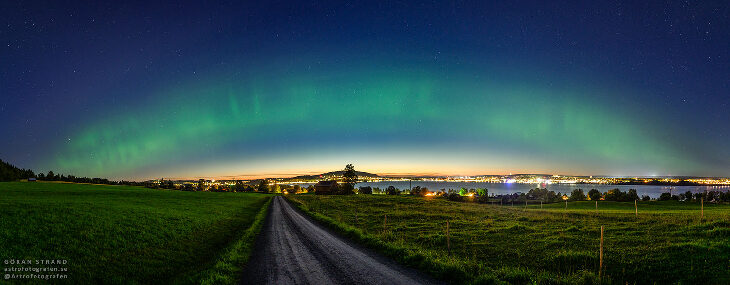





Comment: Granted it's only earlier by 1 day, but the automated camera has been operating since as far back as the last solar maximum in 2015, and that maximum was stronger than that of the current cycle, which won't peak until 2024, and so, despite the weaker cycle, solar energy seems to be having a greater impact on our planet; and there's a variety of other unusual phenomena occurring in recent years that also seem to reflect this - and not just on our planet:
- Cosmic climate change? Neptune's clouds have disappeared, surprising scientists
- Powerful Solar storm has unusually strong impact on Earth, delays SpaceX rocket launch, stalls oil rigs in Canada
- Cosmic climate change: 'Space plasma hurricane' observed in ionosphere above North Pole!
- Professor Valentina Zharkova: "We entered the 'modern' Grand Solar Minimum on June 8, 2020
Also check out SOTT radio's: